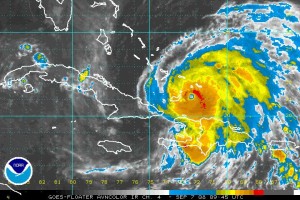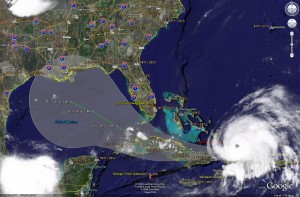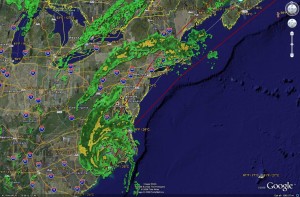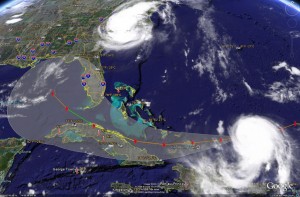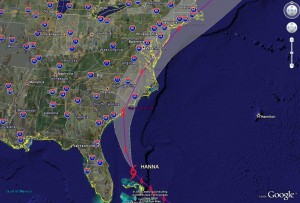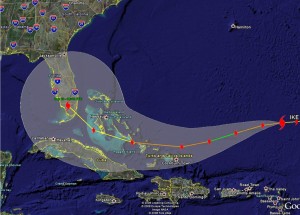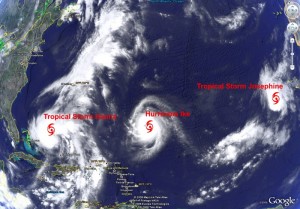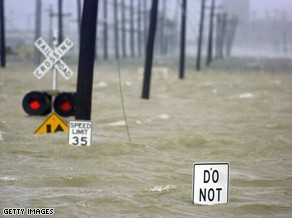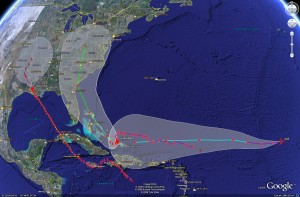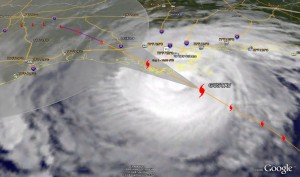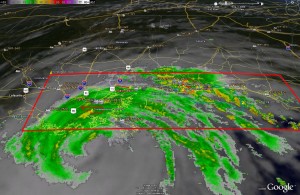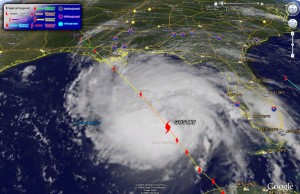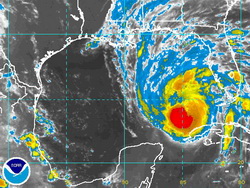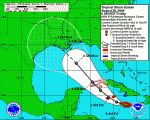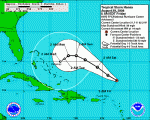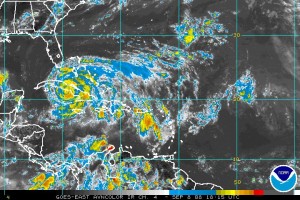
Hurricane Ike continues to wreak havoc on its trek west as it struck Cuba Monday morning. The storm made landfall as a category 3 storm but has since been downgraded to a category 2 with sustained winds of 100 mph. Four storms have claimed 321 lives in Haiti, 59 from Ike alone, but thus far no deaths in Cuba have been reported. Ike is however expected to make a near direct hit to Havana where old, decaying historic buildings are quite vulnerable.
The Florida Keys which had been under an evacuation order now appear to have escaped Ike’s wrath. Residents along the Texas and Louisiana Gulf Coast however may not be so lucky. The current predicted path has the hurricane heading northwest toward those areas with a potential landfall Saturday sometime. Worst of all, as the storm enters and transits the Gulf of Mexico, it is expected to regain strength, returning to its category 3 status.
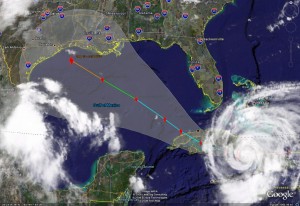
New Orleans, which is still recovering from Hurricane Gustav, is naturally on edge. Louisiana Governor Bobby Jindal declared a state of emergency Sunday for Hurricane Ike and warned residents to be ready to evacuate again. The concern of course is that residents will let “hurricane fatigue” set in and fail to evacuate if it is required. “We are likely going to have to become accustomed to evacuating more frequently than when we were younger,” Jindal said.
For the latest on the storm’s location, please visit the ThorntonWeather.com Hurricane Tracker.

